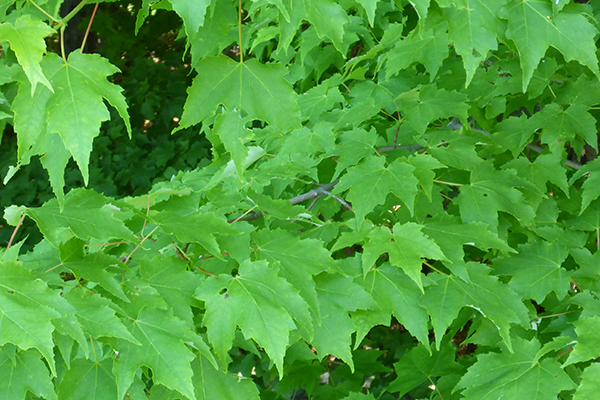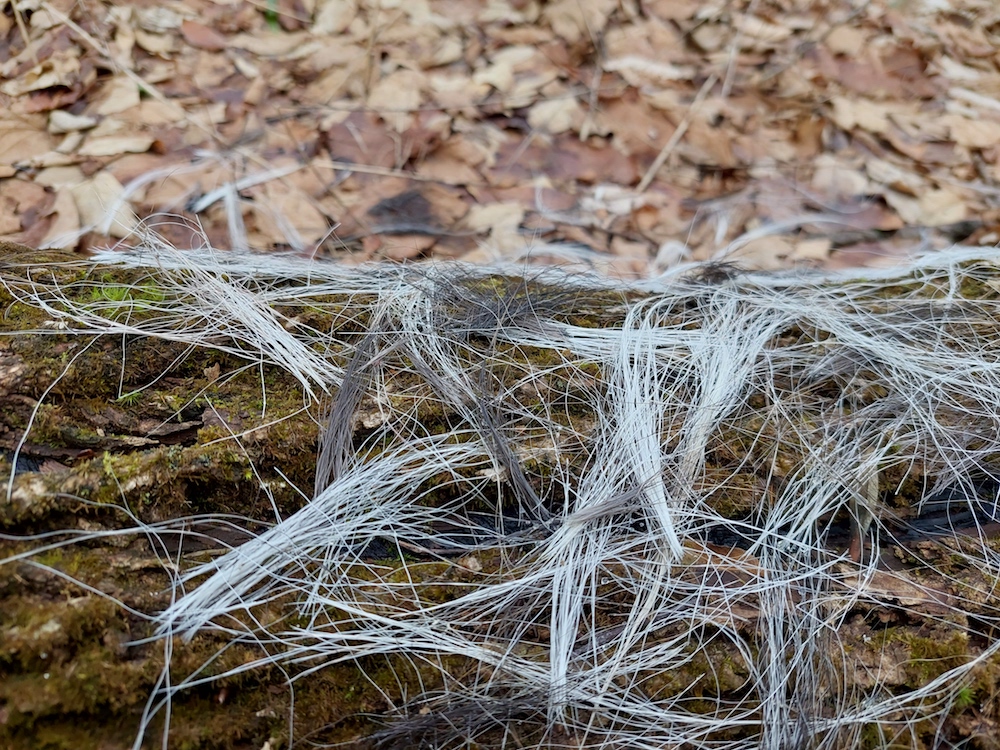If you take the time to learn the root, stem, branch, and leaf traits of different trees, you’ll gain a whole new perspective when you’re in the woods.
Trees are fascinating plants. The types and shapes of trees you see provide subtle clues to your land and its history. If you take the time to learn the root, stem, branch, and leaf traits of different trees, you’ll gain a whole new perspective when you’re in the woods.
Roots

Photo credit: NPS – Mississippi National River and Recreation Area
About 20% of the mass of a forest-grown tree is devoted to roots. In addition to anchoring the tree, roots gather nutrients, take up water, and store the sugars produced by photosynthesis.
Forest tree roots are much more extensive than they appear. The root system of a sugar maple extends 2 to 5 times wider than the tree’s crown. Most of these roots, known as fine feeder roots, are within a few inches of the surface. Fine roots account for a small portion of the total root mass, but they account for the majority of the total root length.
Root systems tend to be more extensive on drier sites in order to capture as much of the limited water supply as possible. Some trees will also grow long, deep, single roots called taproots to reach deep into drier soils in search of water farther down.
Branches and Leaves
Just like roots grow to capture water, a tree’s branches and leaves grow in a way that captures as much sunlight as possible. The leaves carry on photosynthesis and exchange important gases like oxygen with the atmosphere. Combined, branches and leaves make up about 20% of a trees total weight.
Open-grown trees tend to have wide, deep crowns and a lot of leaves to take advantage of abundant sunlight. In deeper woods, these same trees will have tighter, narrower crowns as they bump against the trees next to them.
Stems
The main stem (also known as the trunk) usually makes up about 60% of a tree’s weight. It supports the leaves and branches and serves as the main plumbing system. Vessels within the stem transport water and nutrients up to the leaves. They also distribute the sugars produced by photosynthesis to living tissue throughout the tree so the tree can keep growing.
The growing portion of the stem is a thin layer of cells surrounding the trunk just under the bark. Each year, this thin sheath of cells puts down a new layer of wood, called sapwood. The thickness of this new sapwood is controlled by the amount of sun, water, and nutrients a tree can gather and determines how fast a tree gets wider.
Trees grown in the open tend to have short, wide stems because they have few competitors for light. A woods-grown tree of the same species, though, will be taller and thinner. It has to be, or else it would be shaded out by other trees growing around it.







